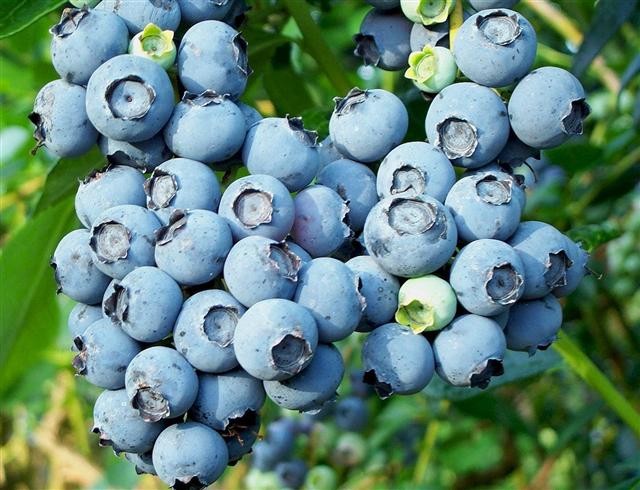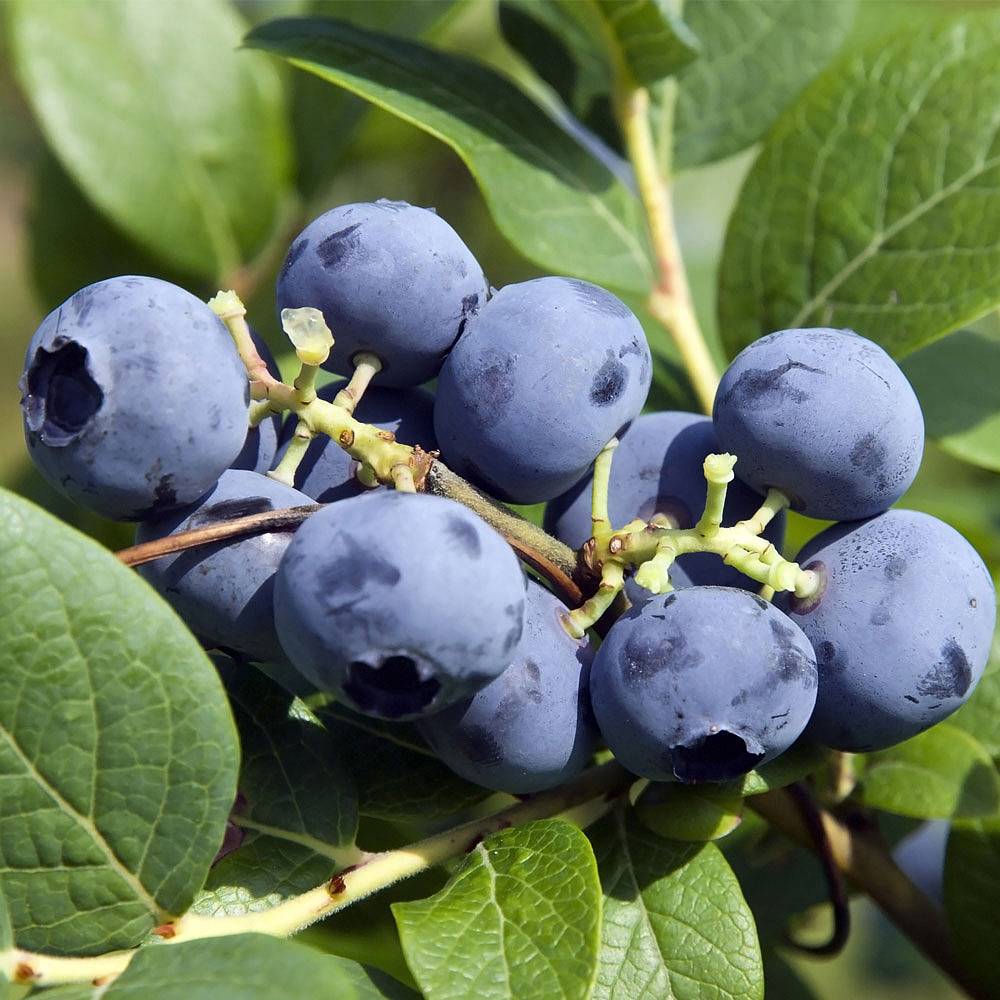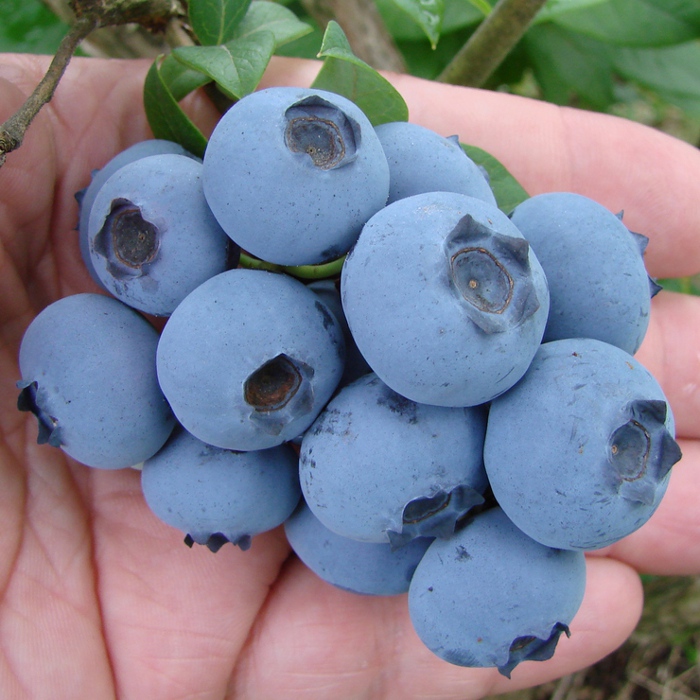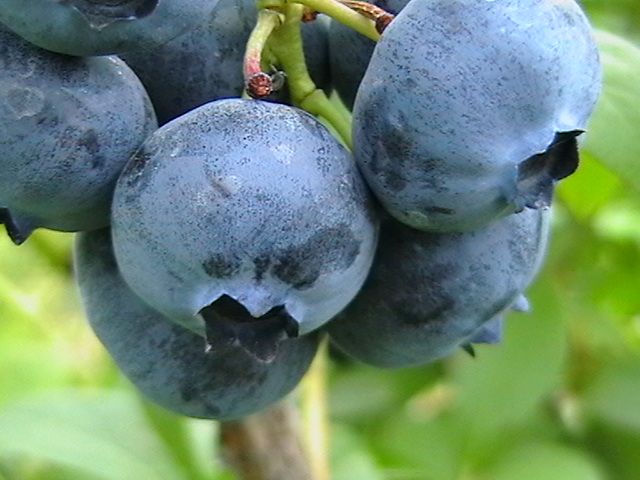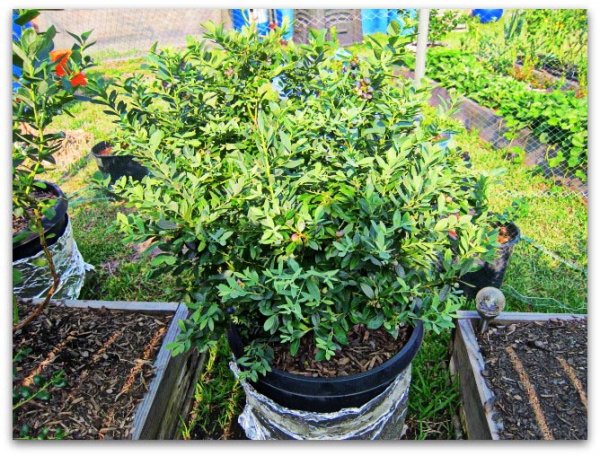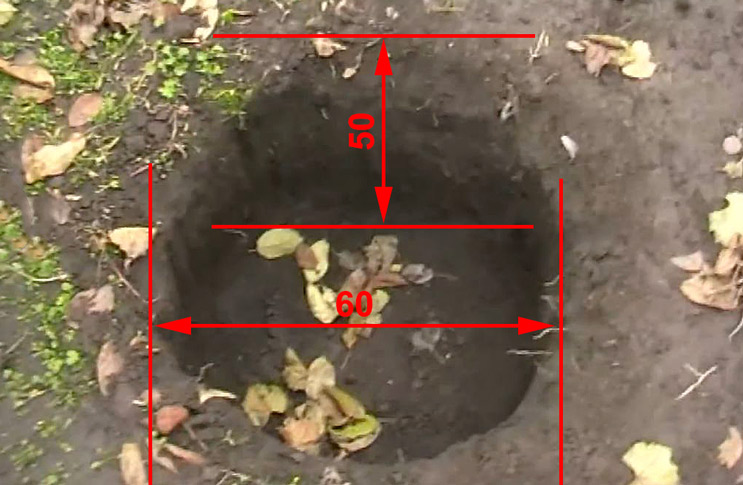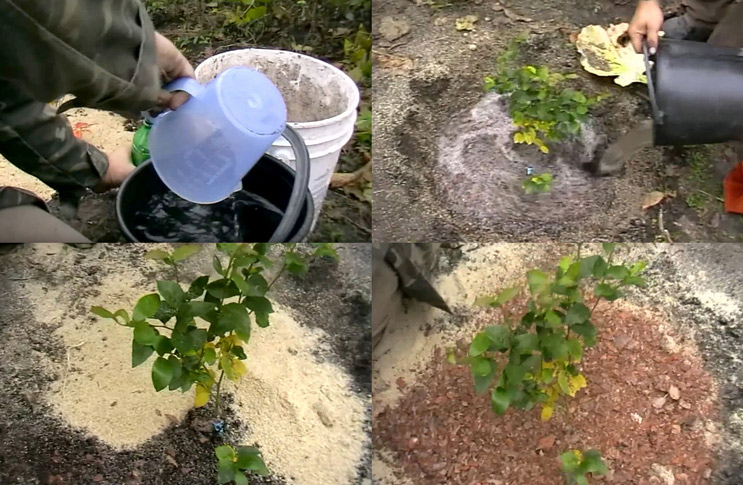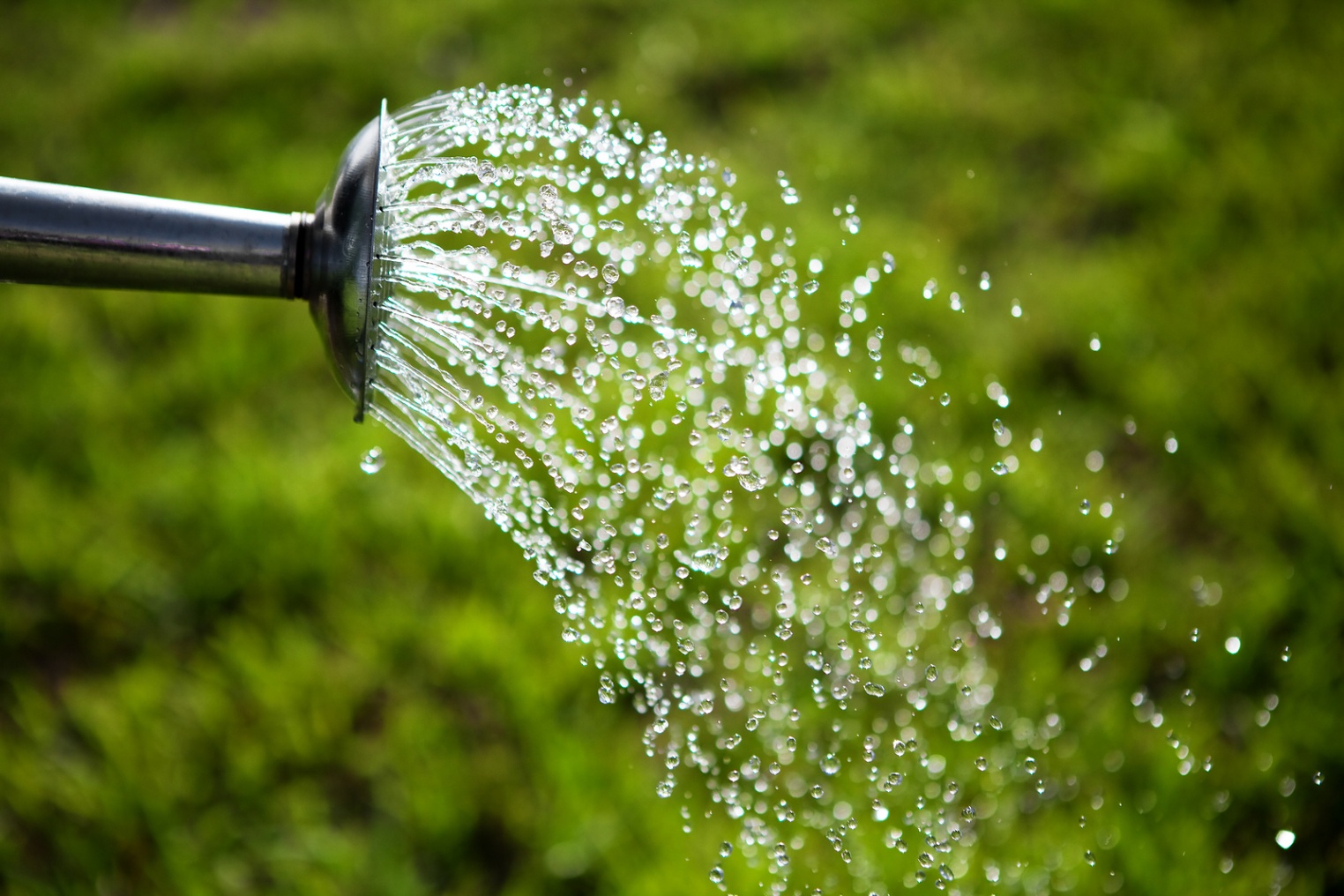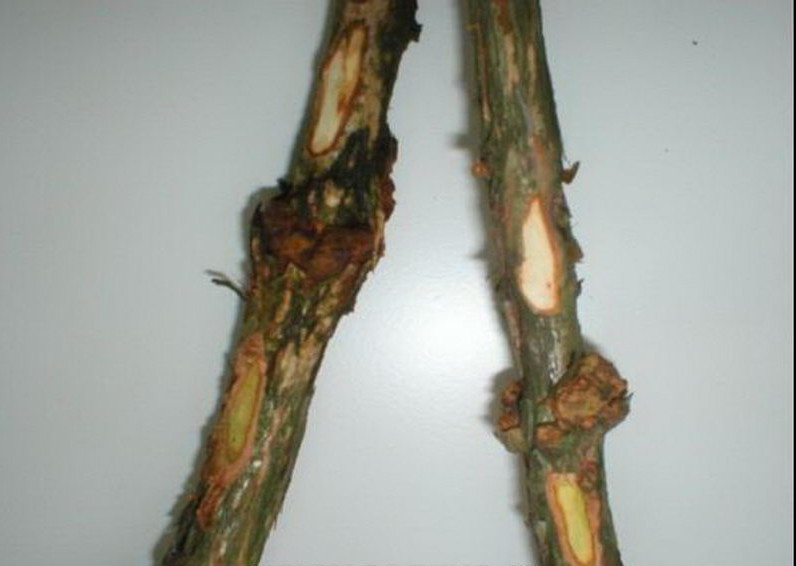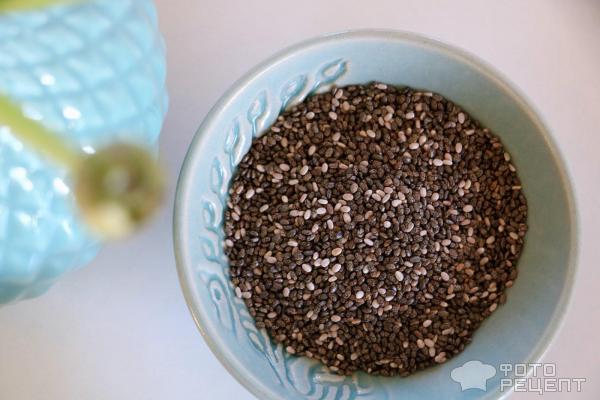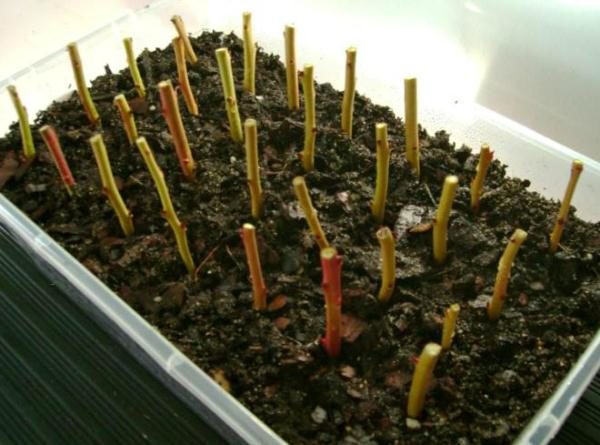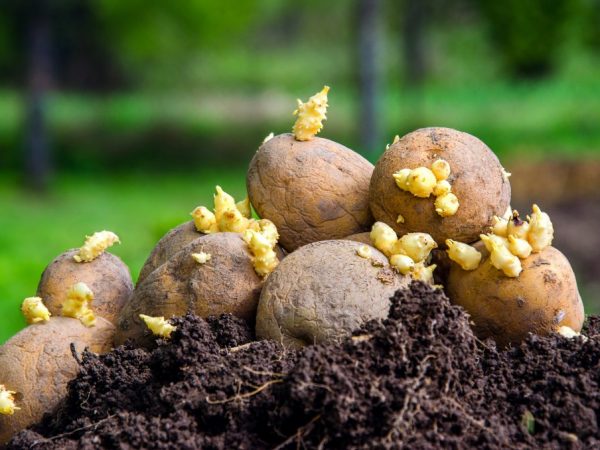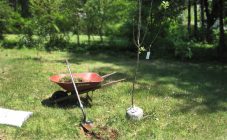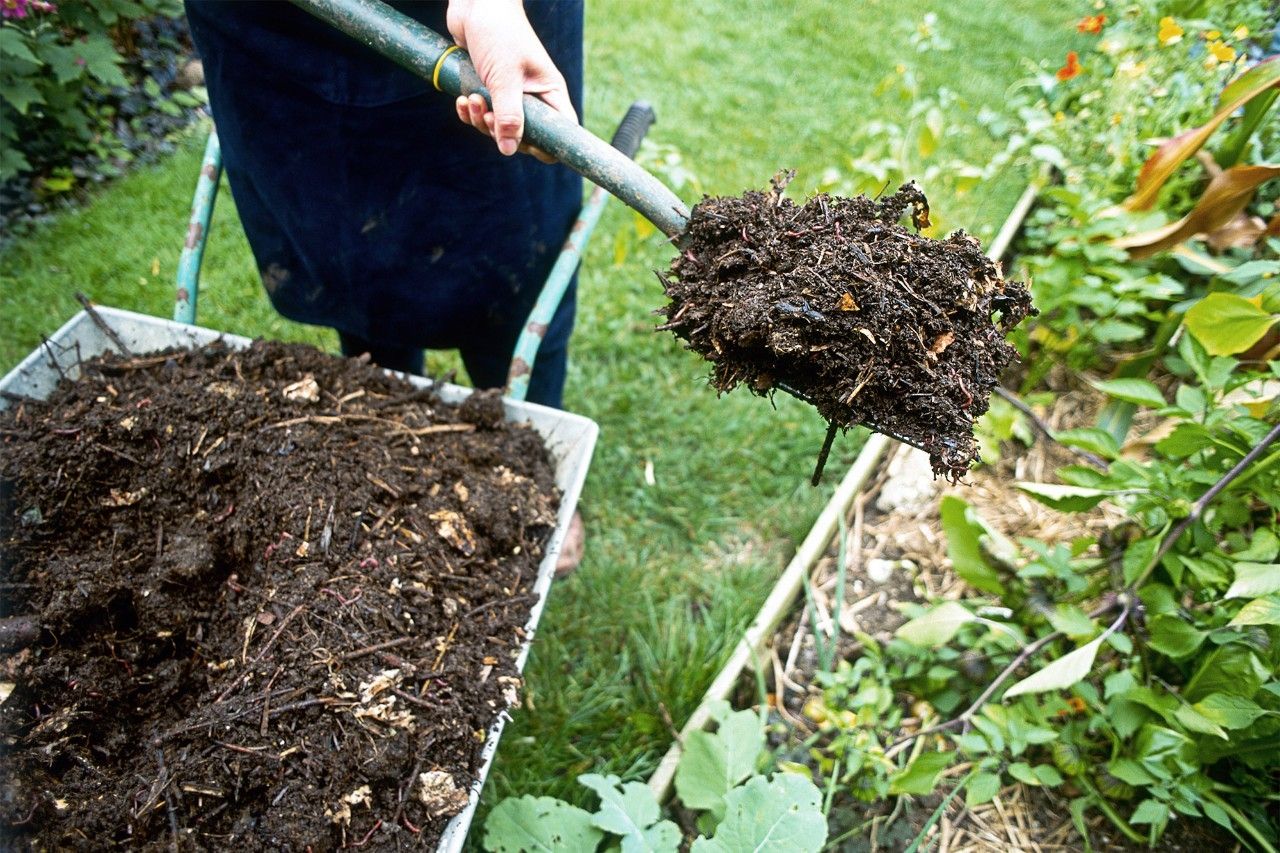Content:
Blueberry is a deciduous shrub of the Ericaceae family. Cornflower blue berries are considered a delicacy. They are sweet, but not high in calories. Recently, the plant has been increasingly found in garden plots. Breeders have developed many varieties of the crop. Some of them are ideal for growing in the Moscow region, for example, Airlie Blue, Patriot, Spartan, Toro, Bluecrop. These plants love the Moscow climate and give a good harvest. Growing blueberries in the Moscow region, planting and caring for the culture do not cause any particular difficulties for gardeners.
Distribution and growing conditions
The shrub can be found almost throughout Eurasia, North America, northern Japan, Iceland, etc. Wild blueberries are common in places far from industrial enterprises and large cities.
The plant chooses swampy soil, peaty, acidic soil, coolness, moderate humidity. It lives in a wide variety of places: mixed forest, swamps, peat bogs, mountains, tundra, forest-tundra. Blueberries, like blueberries, rarely grow in one bush, they usually settle in large groups. Many residents of villages located in Siberia, the Urals, the Far East know the places where berries like a carpet cover huge meadows or the banks of small rivers and lakes.
If we talk about garden culture, then it can grow almost anywhere throughout the Earth. The cultivated blueberry is unpretentious. She is satisfied with the short summer, lingering cold weather, rains, heat. However, not all crop varieties are suitable for different territories.
What kind of blueberry is better to plant in the suburbs
Garden blueberry varieties for the Moscow region are early, medium-early tall varieties. Their specificity is frost resistance, decent harvests. It is best to buy several varieties for the site at once. This way they will be able to pollinate better. This will have a positive effect on the taste of the berries and increase the yield.
The best blueberry varieties for the Moscow region:
- Earley Blue;
- Patriot;
- Spartan;
- Toro;
- Bluecrop.
Earley Blue
Earley Blue (Early Blue) - the earliest variety. The crop can be removed in July. Tall - height up to 1.9 meters. Fruits are large, diameter - 1.8 cm. Weight - 1.5-2 g. Deep blue color. On the bush, the berries are formed in clusters of several dozen. Even after full maturation, they do not crumble. The yield is high - 7 kg per bush. In winter, it does not freeze at -30… -35 degrees.
Patriot
A very beautiful shrub. This variety is often used to decorate the home garden. In spring, the leaves are brick-colored, in summer they are emerald. Tall - upright bush stretches up to 1.7-1.9 m. Patriot medium early. The blue round berries with a thick bloom are harvested at the end of July. They are large - about 2-2.2 cm in diameter. Patriot tall blueberries are among the best varieties for the Moscow region for a reason. It tolerates severe winters down to -40, not particularly demanding on the soil, high-yielding, self-fertile. Summer residents remove 8 kg of fruit from the bush. Begins to bear fruit from 5 years after transplantation to a permanent place.
Spartan
Medium early variety. Harvesting begins from the 20th of July. Tall - the bushes stretch up to 2 meters. The description of the culture contains information about winter hardiness. Withstands temperature drop down to -30 degrees. Spartan blueberries like the climate near Moscow. Even in cool summers, it produces 6-7 kg of berries per bush. The berries are strong, 1.6-1.8 cm in diameter, cornflower blue. May fall off after maturation. A dacha with such a culture will be transformed. The shrub is beautiful, neat. In spring, small leaves take on a brick color. During the summer months, they change and turn dark green.
Toro
The variety has an average ripening period. They acquire a deep, bright blue color in August. The ripening period and characteristics of the Toro are similar to Bluecrop. Deep blue berries, 2.2-2.5 in diameter. The branches bend under the weight of the blue bunches. Toro bush, like Bluecrop, can be grown up to 2 meters. The variety is fruitful - one bush gives 7-9 kg of high-quality berries. They don't fall off. The fruits ripen together.
Bluecrop
The Bluecrop variety vaguely resembles grapes. Bulky bushes reach 2 meters. Large berries ripen in clusters on the branches. Diameter - about 2 cm. Weight - 2-2.5 g. Color blue. There is a light bloom. The first harvest of Bluecrop gives 3 years after planting. Frost-resistant - it survives winters with 35-degree frosts well. Has a strong immunity to common diseases. Ripening period is average. The berries turn blue in August. Annually, you can get up to 9 kg of fruit from one bush.
Landing dates
It is allowed to plant a crop before winter or during the spring months. Planting blueberries in the spring in the Moscow region is carried out in April, as soon as the snow melts. At this time, the earth had already begun to warm up, and the sap in the trees had not yet gone. According to reviews, it is this period that is most favorable for planting a plant in open ground. Over the summer, the seedling will gain strength, take root in a new place.
If planting is chosen in the fall, then the day needs to be picked up fine, preferably in September-October. It is necessary that a young plant has 3-5 weeks in stock before frost. Otherwise, the blueberries will not take root.
Step-by-step landing instructions
Despite the fact that the culture is quite unpretentious, you need to take time to plant and complete all stages carefully, according to step-by-step instructions. If done correctly, blueberries will bear fruit for three to four decades. In the spring, planting takes place according to the same principle as in the fall.
A place
The best place to plant a crop is sunny, without drafts. You can choose an area near the fence. You can not plant a plant in lowlands, where there is a high probability of moisture accumulation.
The Moscow region, like the rest of the regions that are part of central Russia, has a predominantly clayey soil that does not allow moisture to pass through well. And locking for blueberries is not acceptable.In order for blueberries to feel good, you can plant them in a high bed. A box is made of boards or logs. Its dimensions: width - about 70 cm, depth - 50-60 cm. A hole is being dug. A box fits into it.
The high bed, in turn, is filled with a specially prepared substrate. Due to the fact that the plant loves sour, loose soil, drainage, then it is necessary to prepare the soil mixture from:
- ü sour red high-moor peat;
- ü black lowland peat;
- ü rotted sawdust;
- ü sand;
- ü needles;
- ü compost from the bark of coniferous plants;
- ü You can add 40-50 g of sulfur (to oxidize the mixture).
Basic Rules
If several tall blueberry varieties are planted at the same time, then the distance between them should be at least 100-130 cm.
When digging a hole, the land owner must note the type of land. If peat or sandy soil predominates, then the depth of the planting pit is 50 cm, it should be about a meter wide. At the bottom, you can put a drainage from stones. If the land on the site consists of the same amount of clay and sand, then a depth of 35 cm is sufficient.If clay lumps prevail, then you can dig a hole that is not deep - on the bayonet of a shovel or a little deeper. However, it will have to be expanded more - up to 1.5 meters. Thanks to this scheme, the likelihood of stagnation of water that the culture cannot tolerate will be minimal.
The seedlings are bought in proven nurseries. They must be healthy, strong, without damage. Shoot length - from 55 cm. Age - 2.3 years. The root system must be closed. It is better to stop the choice on a plant in a container.
The seedling is placed in a bucket of water a few hours before planting in a permanent place.
All dry and broken branches are removed from the plant.
Planting stages
- A depression is made in a high bed filled with a substrate. Water is poured;
- The seedling is removed from a bucket of water. The soil protecting the roots is wet, and therefore the roots of the plant are easy to stir up, straighten so that they grow in different directions in the ground;
- Next, the plant is placed in the potting mix so that the root collar is at ground level;
- The root system of the seedling is sprinkled with a substrate;
- The blueberry bed is completely covered with mulch. Straw or dried grass and bark compost are suitable for this. The width of the layer is 5-7 cm.
Culture care
If we talk about a seedling, then caring for blueberries in the spring in the Moscow region consists of abundant watering several times a week. But adult bushes should not be ignored. In order for the shrub to give a bountiful harvest, not to get sick, it must be properly looked after. Basic maintenance procedures: soil moistening, mulching, weeding, loosening, fertilizing, acidifying the soil, pruning, pest control, preparing for winter. Agricultural technology is simple.
Moistening the soil
The blueberry bush loves moist soil. In the spring and summer months, the crop should be watered every 3-4 days. One plant will have to pour 15-20 liters of water. If the summer is dry, then the frequency of watering is increased. In the evening, the gardener can water the plant completely, pouring water over the shoots and leaves. Watering ends by September.
Mulching
Make sure that the area under the blueberry bushes is covered with mulch. Thanks to her, the minimum amount of weeds will grow, the moisture will not quickly evaporate. You can cover the ground with hay, straw, sawdust, compost from the bark of coniferous trees. Mulch is renewed every few months. Its change takes place once a year - in the fall.
Weeding, loosening
It is recommended to perform these procedures once a month. The blueberry root system is shallow. Loosening is carried out neatly using a hoe.At the same time, weeds are harvested.
Fertilization, soil acidification
The procedure is performed several times: after the snow has melted, after the bird cherry blossoms, and after the flowering of the blueberry itself. The crop is suitable for multicomponent complex complex fertilizers, for example, Lifdrip, Yara Vila, Florovit.
Summer residents should monitor the acidity of the ground on which blueberries grow. Constant watering makes the soil less acidic, so it is acidified every year. The procedure takes place in April and August. For this, 20 ml of citric acid is diluted in a 10-liter sprinkler with water.
Pruning
Pruning is carried out three years after planting. It is necessary to remove branches after the snow melts and before sap flow begins. Diseased branches, shoots bent to the ground, weak, broken, small and old are removed. Do not touch erect strong shoots. This will form a strong plant base.
Fight against diseases, pests
Despite the fact that blueberries rarely get sick, they do not have complete immunity from pests and diseases. The gardener must recognize the disease in time and start fighting with drugs.
Gray rot
The garden blueberry loves moist soil, but cannot tolerate waterlogging. Excess moisture contributes to the development of gray rot. An effective means of control is Topsin-M fungicide.
Stem cancer
Symptoms of the disease are dark spots on the shoots that turn into ulcers. Chemicals are suitable for treatment: Euparen, Topsin-M.
Fruit rot (moniliosis)
True signs of a fungal disease are yellowed upper parts of the shoots, drying of flowers. You can fight fruit rot with Hom.
Among the pests on blueberries, the following can be found:
- ü leaf gall midge;
- ü aphid;
- ü shield;
- ü kidney mite.
Chemicals are used to combat them: Karate, Karbofos, Thunderstorm.
Pre-winter preparation
Nuances
- The culture should not be fed with preparations containing chlorine. The plant categorically does not accept it;
- You can't wrap the bushes with foil for the winter. This will disrupt air exchange;
- You can acidify the soil not only with citric acid, but also with vinegar, sulfuric, oxalic acid;
- Particular attention should be paid to watering while pouring the fruit.
Reproduction
There are three ways to propagate a culture. This is done using seeds, cuttings, cuttings.
Seeds
So, growing a shrub from a seed is quite laborious. Blueberry seeds can be dried by yourself or purchased from a store or ordered online. They need stratification. It must start in December. Peat tablets are suitable for sowing. The seeds must not be buried. Cups with tablets are wrapped in plastic wrap and stored in the refrigerator for 90 days. Every 7 days they are taken out, sprayed with water. If you put the seeds in the refrigerator in December, then at the beginning of March they can already be put on the window.
Seedlings should appear in the last days of March. Transplanting into a greenhouse with acidic soil is carried out after the seedlings have stretched 8-12 cm. Small plants need constant watering. After a year, the bush can be transplanted to a permanent place.
Cuttings
Reproduction by cuttings begins with harvesting cuttings. This is done in the spring, as soon as the buds begin to fill. Shoots are cut from strong shoots. The upper part of the stick should be straight, the lower one should be inclined. The cuttings are moistened in the Kornevin stimulator. It will help the roots develop faster. The cuttings are planted in a greenhouse. Additionally, the plantings are covered with lutrasil.
Layers
Strong stems are selected that are close to the ground. They bend to the ground and are fixed in this position. In places where the shoot comes into contact with the ground, a layer of mulch is placed. Sawdust, bark will do. A new copy can be replanted after 2 years.
Planting and caring for garden blueberries in the Moscow region for which does not cause any particular difficulties, in recent years has become more and more popular. And this is no coincidence - a berry garden can decorate a garden plot, give summer residents a harvest of useful sweet fruits.
